Meet the Maker - Georgina Hayden
For the latest in our 'Meet the Maker' series, Georgina Hayden, cook, food writer and stylist, opens the door to her family home where we find common ground through our love of delicious vegan food, passed down recipes and practical dresses...
There is a shelf above Georgina Hayden’s kitchen sink which is home to jars of her staple ingredients – rice, lentils, but also dried oregano and multi-coloured hundreds and thousands. I tell her I love this, that the emblematic dried herb of Cyprus sits side-by-side with a big tub of sugary sprinkles, a must-have in any home where baking and children coexist.
“Sums up my personality,” says Georgie when I point this out, smiling.
She’s not wrong. A cook, food writer and stylist, Georgina is the daughter of first generation Greek-Cypriot parents, and grew up in kitchens where dried oregano was as vital as olive oil, tomatoes and golden, pillowy breads. This heritage has shaped her work – her third book, Nistisima: The Secret To Delicious Vegan Cooking from the Mediterranean and Beyond, was recently published, a paean to the fasting day dishes she grew up with – not to mention her taste, style and the names she’s given her daughters, Persephone and Elektra. Their presence is everywhere here too, from the sprinkles up there on the shelf to their scribbles on the double doors, where an abandoned game of hangman remains (“c-a-t-s”, “c-o-c-o p-o-p-s”).
The space has gorgeous bustle, with the sleek surfaces and polished knives you’d expect from a professional cook’s kitchen, but with the warmth of a family home. Massive peonies are displayed below a bunch of technicolour balloons from Georgie’s 40th birthday at the weekend, and touches of Cyprus surround – framed menus, ceramics, and a larder curtain Georgie picked up in Lefkara, a lace village in Cyprus. Elektra wanders about, chewing a hunk of koulouri bread, every so often scooped up by her grandmother, Connie, Georgie’s stylish mum.
“Well this is very Greek island, isn’t it,” says Georgie, changing into my new floaty paisley dress, “I’m ready to waft around in the sun". Justine tells her this style is called the Festival dress, to which she tells us that she honeymooned at Glastonbury, “I’m a festival girl.” She’s also a dress girl, and says how integral they are to her everyday wardrobe: “I find dresses so easy to wear in the kitchen - in spite of how feminine they are, they’re really practical. I do a lot of bending down, lifting boxes, chopping chopping chopping. In my twenties, I felt conscious of wanting male chefs to know I was just as good, as strong, as them – comfortable clothes make that easier.”
Georgie puts on the cotton crinkle Midhurst dress, its sunflower colour singing of the summer; its fabric has a functionality to it – the kind of cloth which a cook like Georgie might otherwise strain yoghurt for fresh cheese. She grew up in kitchens, particularly that of her paternal grandparents, who ran a Greek-Cypriot restaurant in Tufnell Park, Dirlandas, her grandfather’s nickname. She lived above it with her grandparents, parents and sister. I remember laying the tables with paper napkins, filling the salt and pepper shakers, and falling asleep under the tables at late-night celebrations.
I ask about the food with which she was surrounded as a child – grills, vine leaves, the famous taramasalata. (People still message her on Instagram, she says, remembering her grandmother’s tarama). But these were the restaurant dishes, not the everyday home food she remembers most. “There was always what we would call peasant food,” she says, adding that both her grannies, family matriarchs, did all the cooking (her mother’s parents owned a Greek-Cypriot deli in Seven Sisters, importing the likes of olive oil into 1970s London when it could only be found in chemist shops). “We’d have things like faki, slow-cooked lentils with rice, lots of coriander, tomatoes and onions. Also lots of braised pulses such as white kidney beans, and yiahni, the practice of braising whatever is in season in tomatoes. Generally, very inexpensive stews, always with bread, olives, yoghurt and a massive chopped salad with coriander alongside.” It is the use of coriander, she tells me, that marks Cypriot food apart from that of Greece.
Conscious and frugal vegan food, Georgie tells me, was at the very heart of the food she grew up with, and remains staple to the food she cooks. It was during the book tour for her second book, Taverna: Recipes from a Cypriot Kitchen, that the idea for Nistisima arose, “I was getting so many questions about vegetarian and vegan food,” she tells me, “People were surprised that I had so many meat-free recipes. Cypriot food is famous for its meat – gyros, souvlaki – but mine has always been a lentil and bean-dish diet. Ours is a very religious community, meat and dairy are excluded on fast days, so people aren’t trying to be vegan – often, they just are.” Today she’s cooking for us from Nistisima, a vegan lunch of saffron-braised fennel with harissa, griddled watermelon with pistachio pesto, and lots of koulouri bread from her nearby Greek bakery in Winchmore Hill.
Georgie lives within ten minutes of her parents and grandmother who, aged 82, still cooks for her every week. I ask if she feels working in food was inevitable, given the inheritance of two sets of grandparents, all who worked with food. “Not at all! My sister always used to tell me I was an academic person without any common sense,” she says. She studied history of art and fine art at Leeds University, “but I think I’m much more creative than I am an actual artist.” She remembers her epiphany at uni; “all the girls were reading Grazia while I read Delicious magazine and I thought, something’s not right here.” She wrote to Delicious, got work experience and realised on her first food photo shoot “that it was someone’s actual job to write and style recipes. I knew that was what I wanted to do.” She wound up working with Jamie Oliver’s food team for twelve years before going solo, bringing out her first book, Stirring Slowly: Recipes to Restore and Revive soon after.
She’s changed into Justine’s new Belgravia dress now, white with a floral print inspired by a vintage fabric and with a beautiful square neckline. “Slow fashion is something I’ve always done,” she says, “I don’t see clothes as something for just a season. My favourite cardigan is still one I got in a charity shop when I was a teenager – I buy things to last.” I watch her chop up a watermelon, standing at a table in the garden, the sun beating down on her in the white dress. Justine points out that the vivid, sun-flecked colours in her new collection echo some of those in Nistisima – also the timelessness of the textures and fabrics. As timeless and vivid, you might say, as the sight of dried oregano and hundreds and thousands side-by-side on her kitchen shelf.
Thank you to Georgina Hayden and please follow @georginahayden Find Nistisima here, published by Bloomsbury. Wonderful words by Mina Holland @minahollandBeautiful photos by Kristin Perers @kristinperers



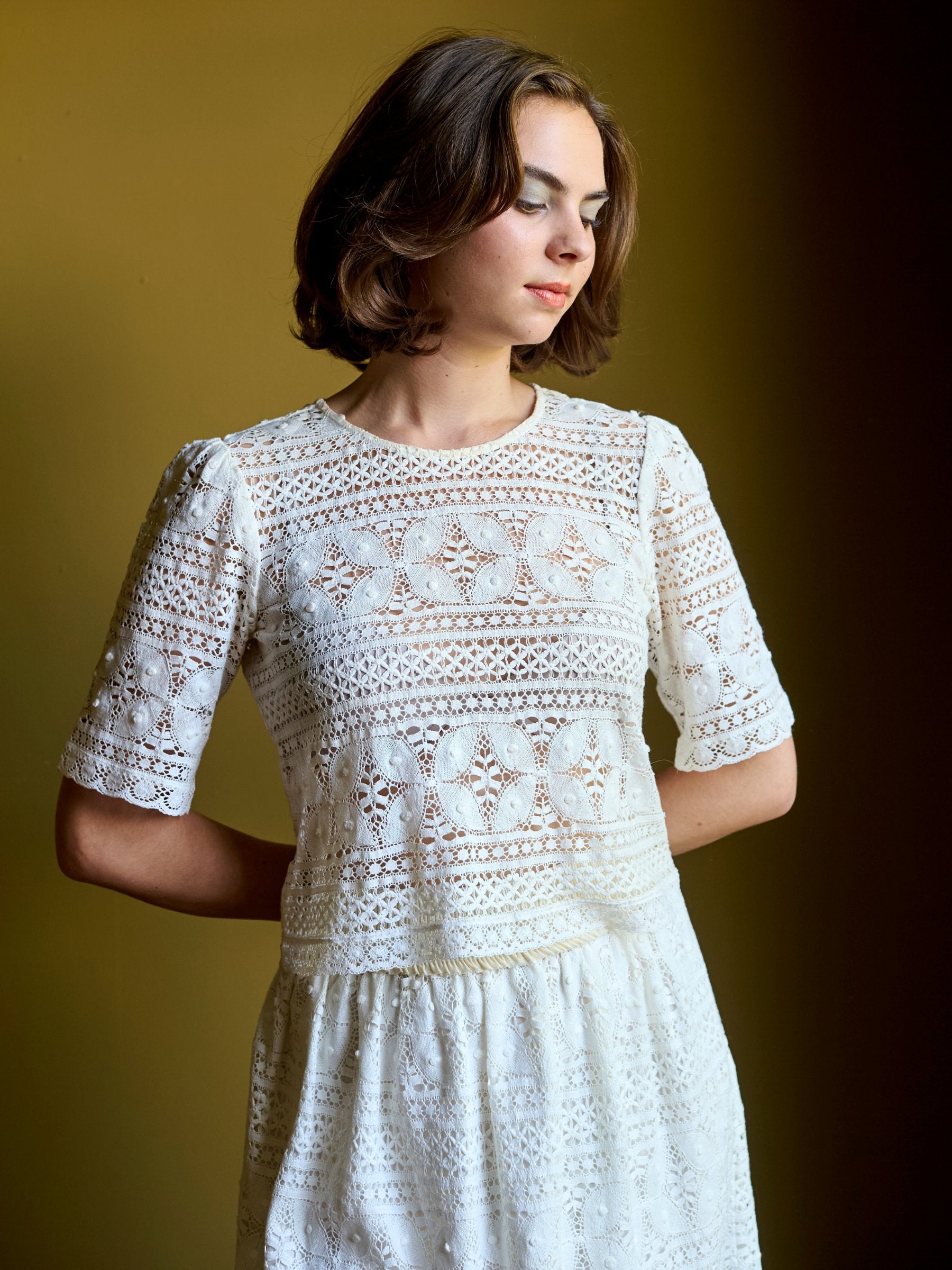

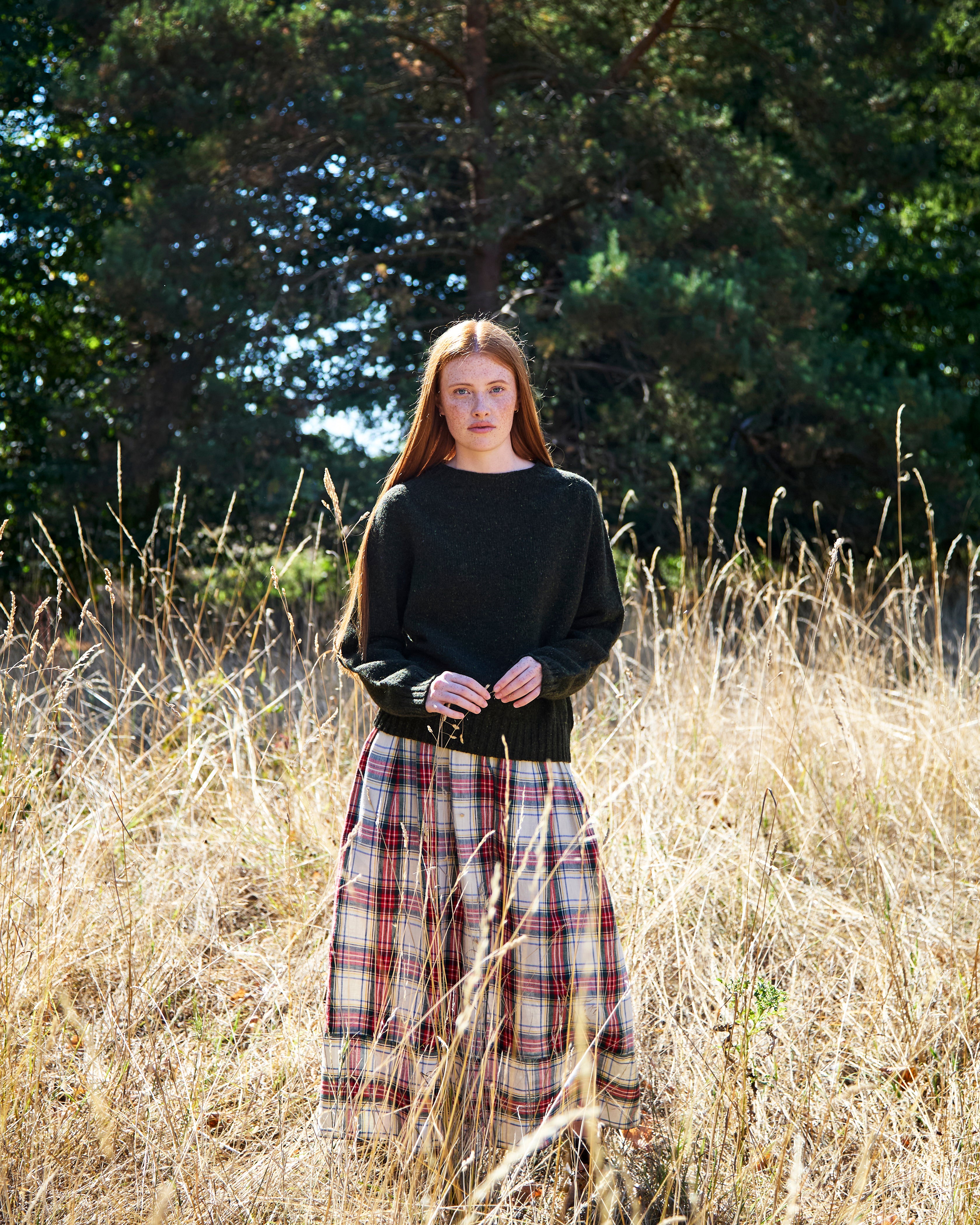
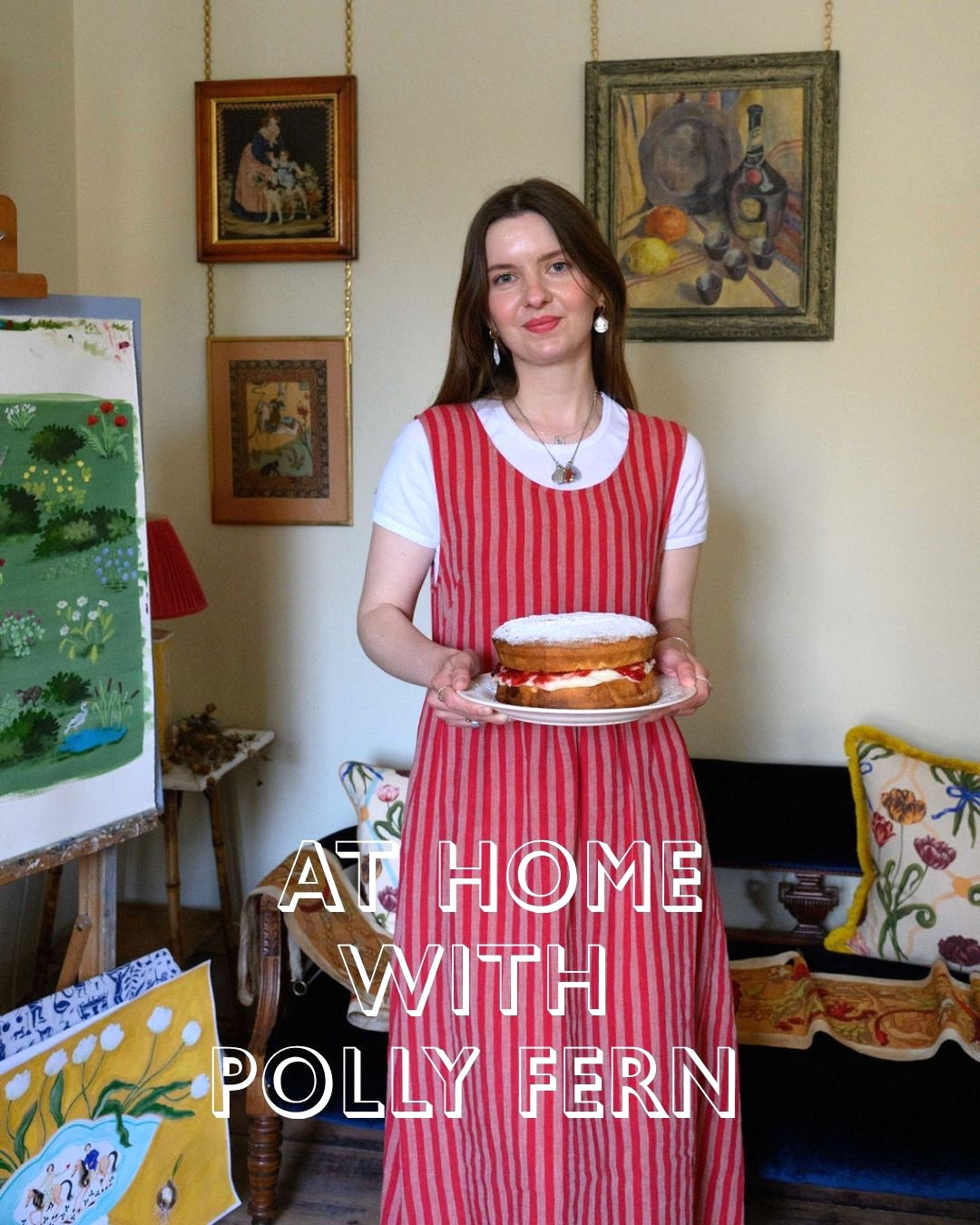
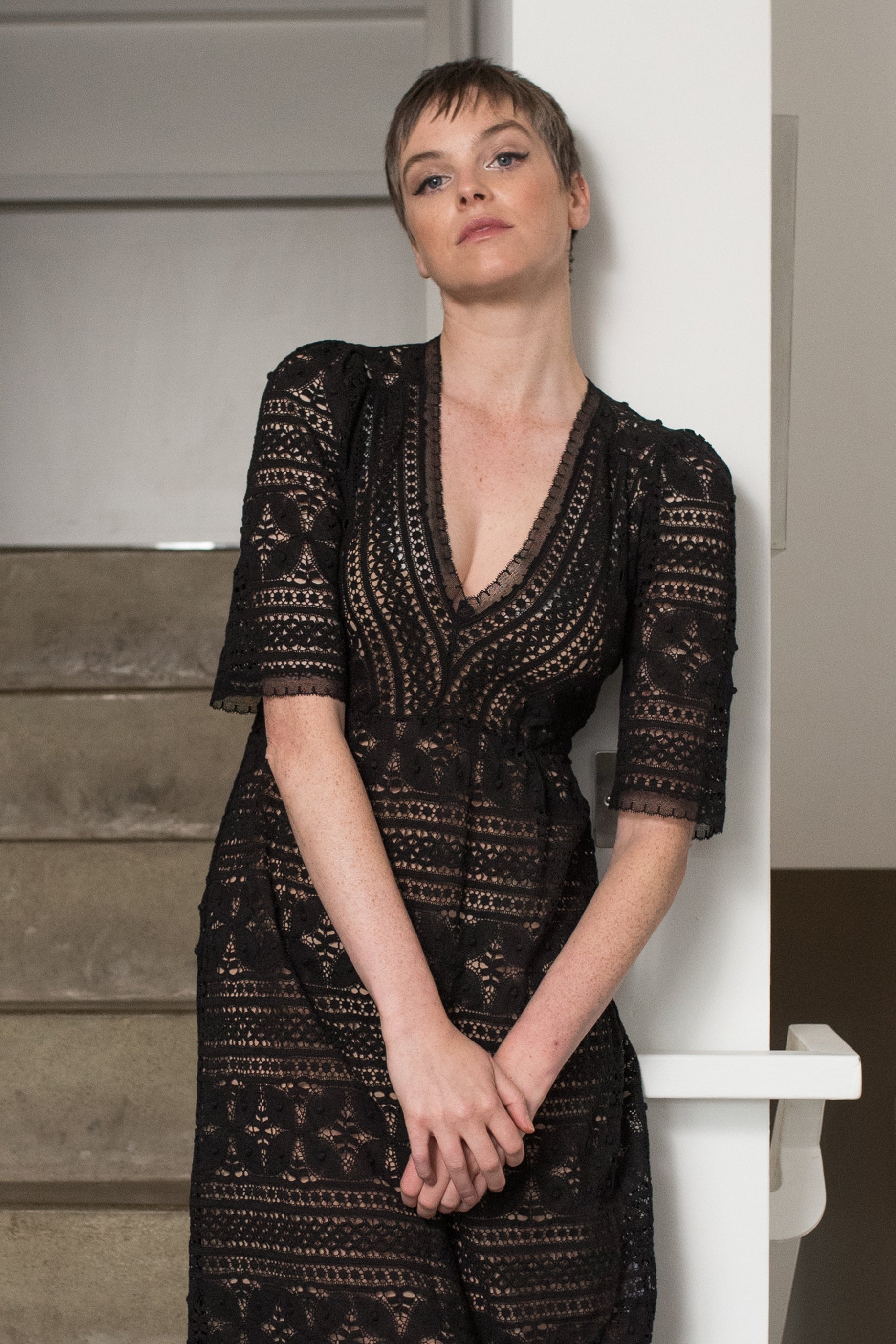


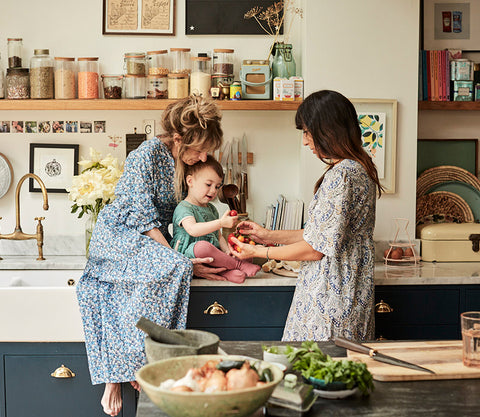







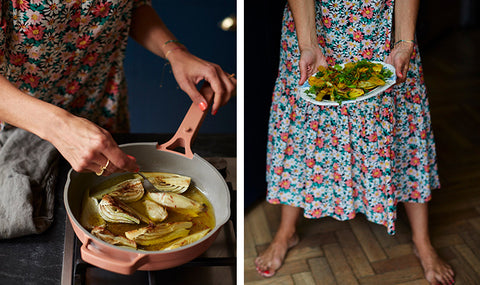





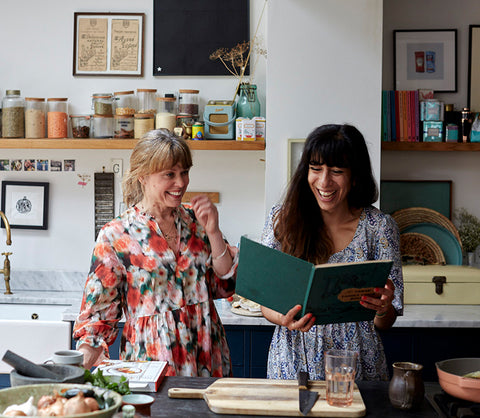
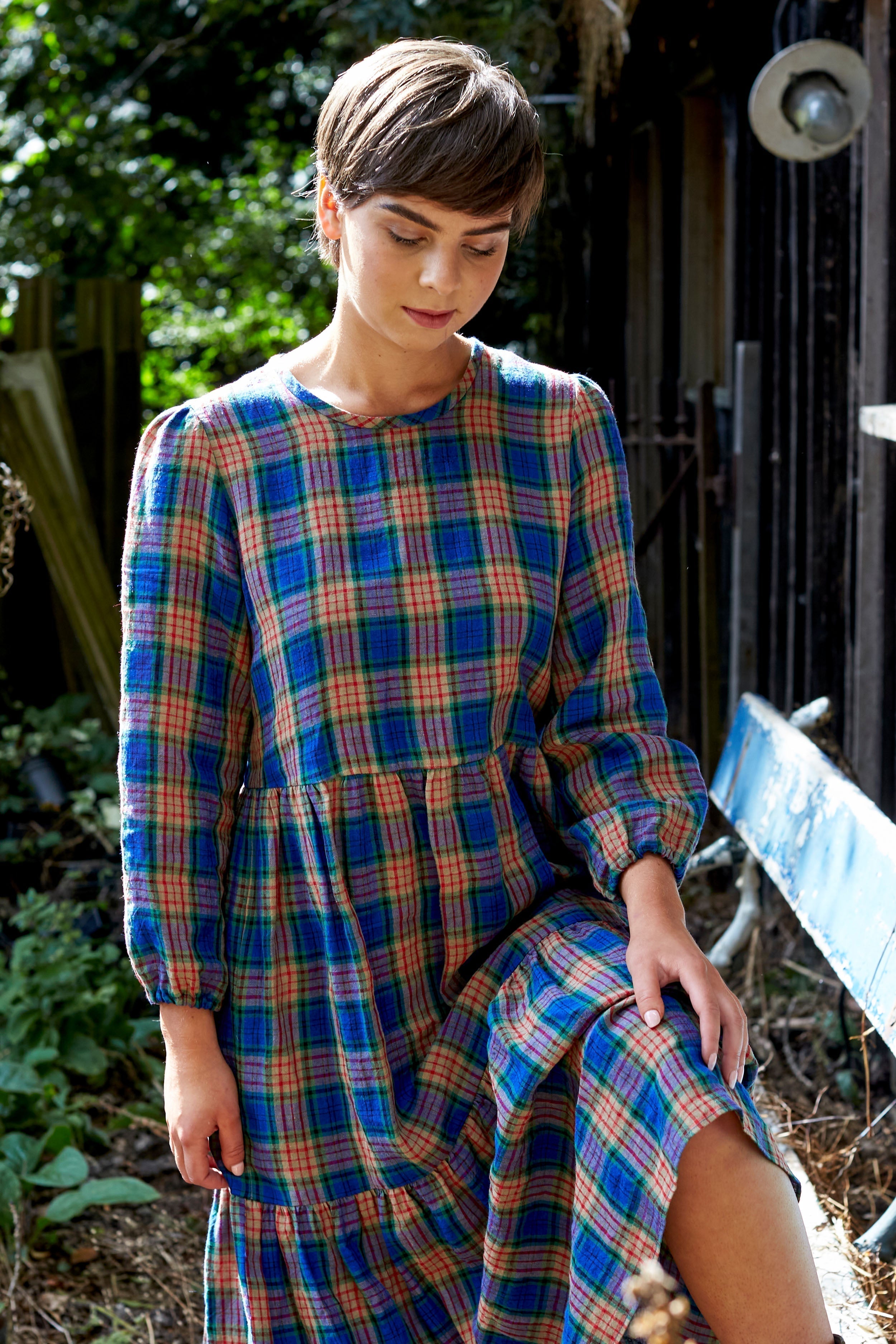
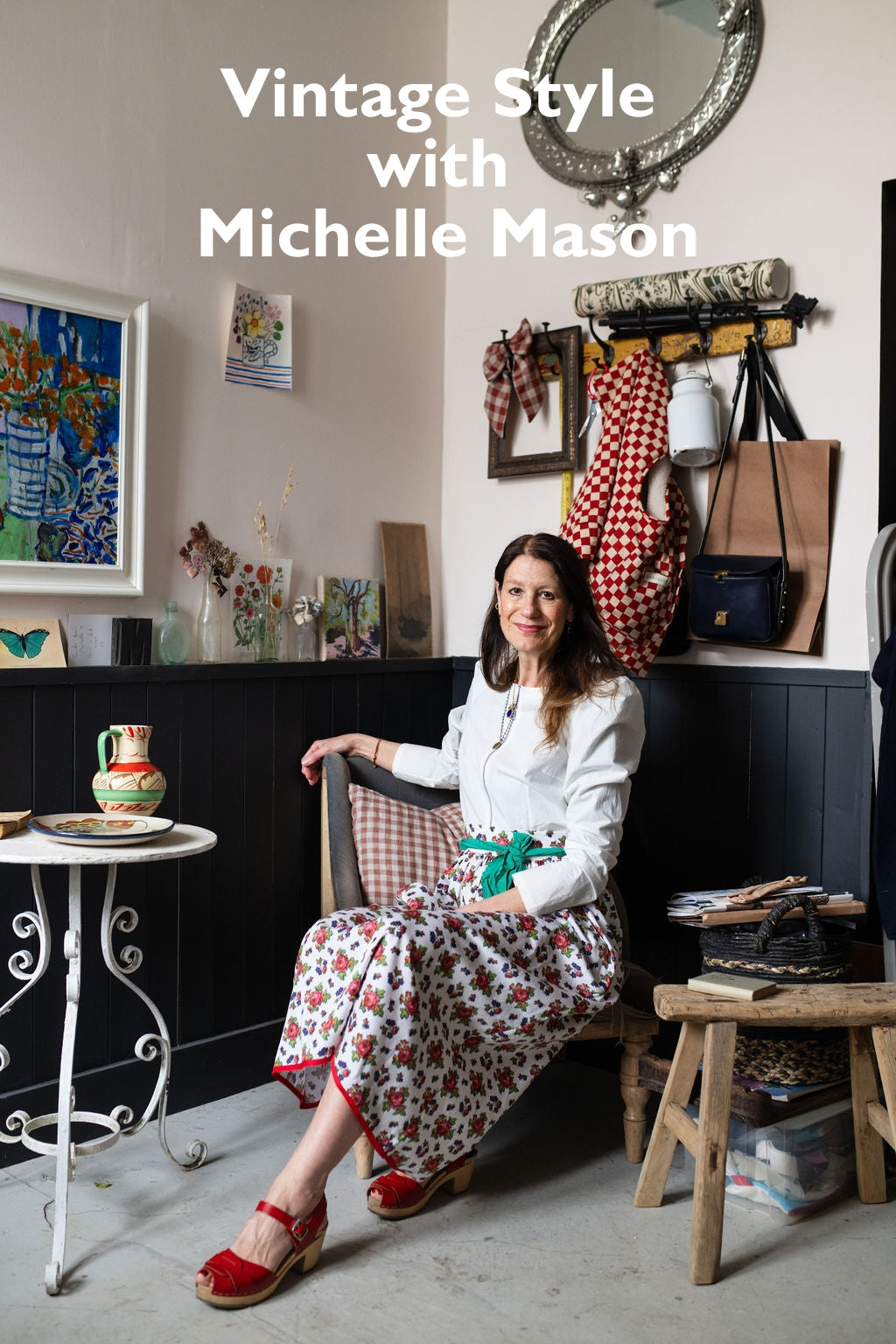
Leave a comment
This site is protected by hCaptcha and the hCaptcha Privacy Policy and Terms of Service apply.